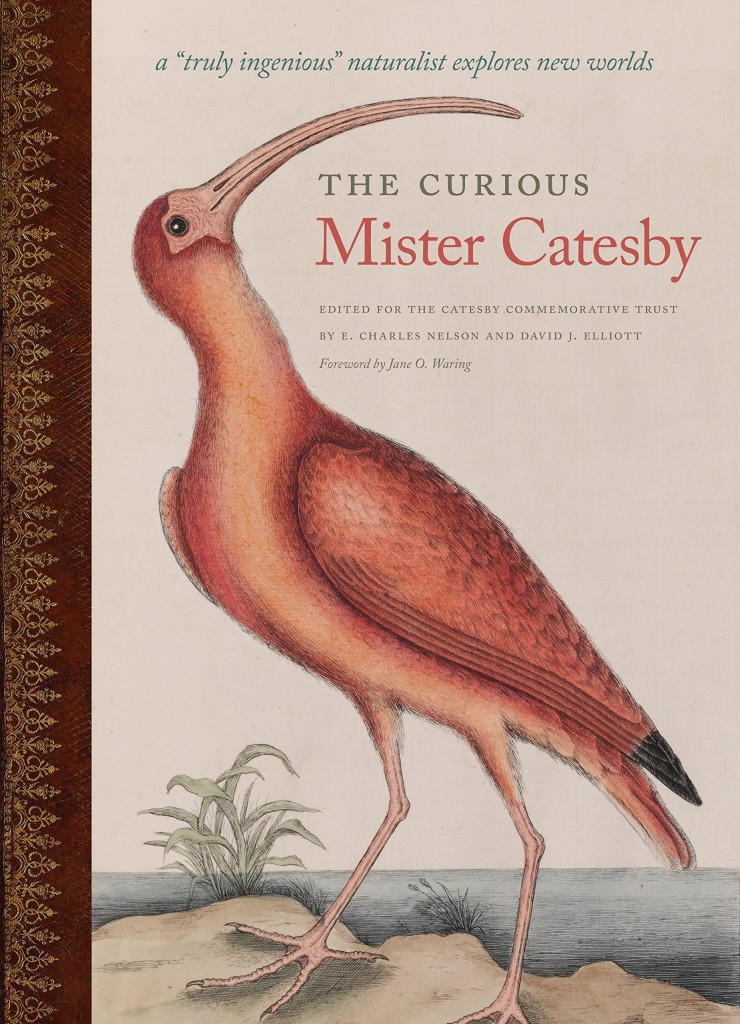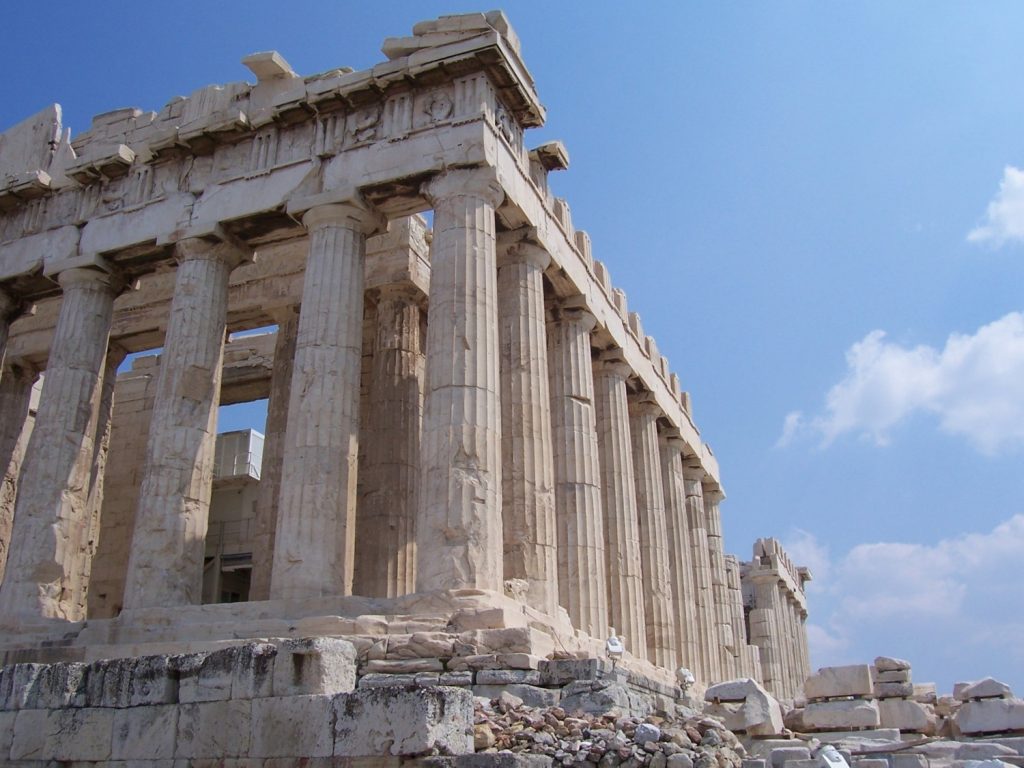The Smithsonian Libraries does not contain an overwhelming number of notable bookbindings in its collections. Unlike some other research institutions, fine or interesting covers are not a collecting focus or reason for acquiring a title. Many of our books have had a hard life, well-used over the decades by staff and researchers in the museums’ departments. These survivors have often been rebound in library buckram (sturdy but oh so boring) or been slapped with labels and barcodes (from an earlier time of library practice). So it is always a thrill to come across a striking specimen of an original binding.
Tag: Joseph F. Cullman 3rd Library of Natural History
In the early eighteenth century, English naturalist Mark Catesby set foot in a New World. After spending the better part of ten years, spread across two separate trips, exploring and more »
An entry into this magical season can be gained through the Historia de gentibus septentrionalibus (History of the Northern Peoples) by Olaus Magnus, first published in Rome in 1555. It is a work greatly valued by Smithsonian curators and researchers and other scholars, since the author – a true Renaissance man – wrote down his geographical, anthropological and naturalistic observations of a land unknown to much of Europe of the time. In the present day, the book’s vivid descriptions and woodcut illustrations offer a wealth for modern study: early shipbuilding, fishing and whaling practices, meteorology, agriculture and mining techniques, warfare, daily occupations and religious practices of the Scandinavian peoples. It also provides wonderful images for what we have come to perceive as traditional for the winter holidays.
 Congratulations to Leslie Overstreet! The Catesby Commemorative Trust’s The Curious Mr. Catesby: A “Truly Ingenious” Naturalist Explores New Worlds book has been awarded the 2016 Annual Literature Award by the Council of Botanical and Horticultural Libraries. Leslie, Curator of Natural-History Rare Books in the Joseph F. Cullman 3rd Library of Natural History, authored the chapter titled “The Publication of Mark Catesby’s The Natural History of Carolina, Florida, and the Bahama Islands.”
Congratulations to Leslie Overstreet! The Catesby Commemorative Trust’s The Curious Mr. Catesby: A “Truly Ingenious” Naturalist Explores New Worlds book has been awarded the 2016 Annual Literature Award by the Council of Botanical and Horticultural Libraries. Leslie, Curator of Natural-History Rare Books in the Joseph F. Cullman 3rd Library of Natural History, authored the chapter titled “The Publication of Mark Catesby’s The Natural History of Carolina, Florida, and the Bahama Islands.”
A small book that is housed in the Joseph F. Cullman 3rd Library of Natural History, was recently included in the exhibition Nation to Nation: Treaties Between the United States more »
The post was written by Daniel Euphrat, Digital Imaging Technician.
The 1684 book Recreatio mentis et oculi by Filippo Buonanni is mainly a scientific text about mollusks. However, in addition to many informative illustrations of shells, there are a few more fanciful (and slightly terrifying) illustrations of Giuseppe Arcimboldo-style faces made out shells:
This post was written by Dr. Alexander Nagel, Research Associate with the National Museum of Natural History’s Department of Anthropology.

In the fall semester of 2015, I was teaching a course on *Classical Heritage in Washington: Encounters in the Museum* for students from the University of Maryland. Every Friday afternoon around 2pm, students would meet with colleagues and curators, archivists and archaeologists, diplomats and thinkers who work on aspects of heritage preservation and connecting ancient Mediterranean, Near Eastern, and European traditions with those of Washington, DC. The students learned how to tailor and manage research projects, and they developed their own exhibition projects over the semester.


